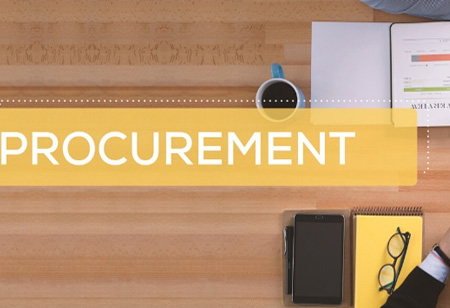THANK YOU FOR SUBSCRIBING
Common Procurement Challenges Facing Businesses
Supply risk is always a significant issue in the procurement process. The most frequent risks are market risks, potential fraud, cost, quality, and delivery hazards.

By
Apac CIOOutlook | Monday, August 16, 2021
Stay ahead of the industry with exclusive feature stories on the top companies, expert insights and the latest news delivered straight to your inbox. Subscribe today.
Supply risk is always a significant issue in the procurement process. The most frequent risks are market risks, potential fraud, cost, quality, and delivery hazards.
FREMONT, CA: Procurement directors wear many hats and are responsible for a wide range of tasks, from identifying needs to managing vendors and making payments. There is never a dull moment in the procurement department.
As a result, the position of a procurement manager is fraught with obstacles and difficulties. It also means that recognizing and overcoming procurement difficulties is a good use of time, money, and effort because procurement directly impacts an organization's bottom line. While procurement difficulties might differ depending on an organization's size, line of business, and so on, here are some common procurement challenges that plague enterprises of all kinds.
Mitigating Risk
Supply risk is always a significant issue in the procurement process. The most frequent risks are market risks, potential fraud, cost, quality, and delivery hazards. Furthermore, compliance issues like anti-corruption, policy adherence, and others keep one's procurement leaders awake at night.
Inaccurate Data
Organizations require precise and reliable data in order to make effective procurement decisions. Making purchases based on faulty procurement data can result in inventory shortages and other procurement issues that can have a direct influence on an organization's bottom line.
Strategic Procurement
Organizations are beginning to see the benefits of having a sound procurement strategy in place as the procurement process becomes more strategic and collaborative. Understanding the strategic ramifications of each phase and working out how to implement it across all functional units of a company, on the other hand, is a separate difficulty.





